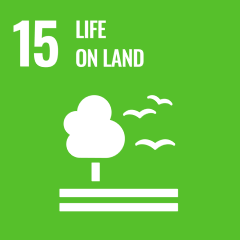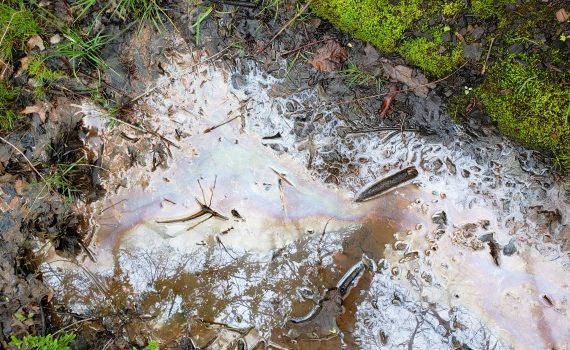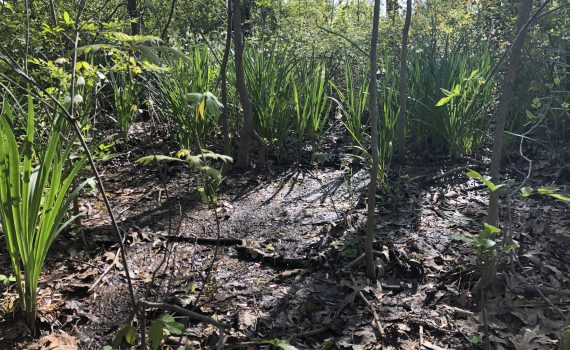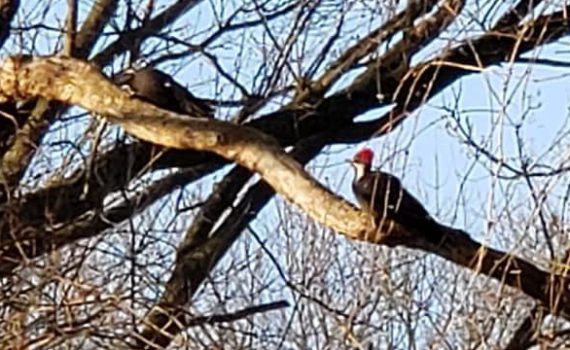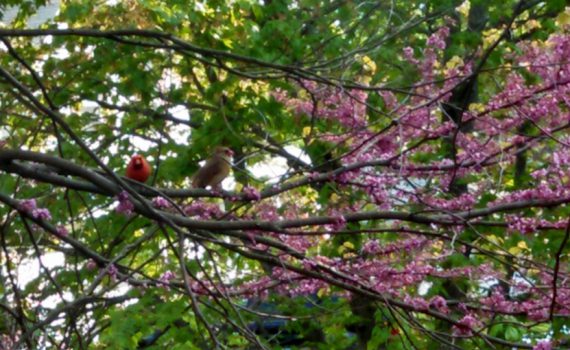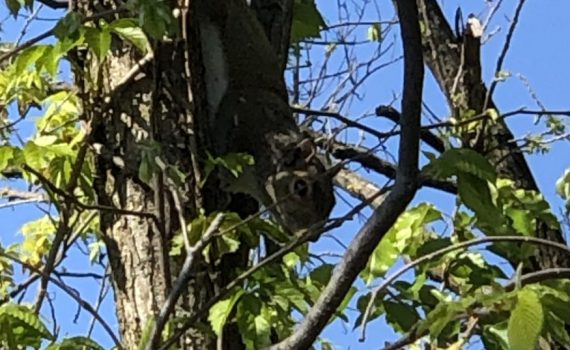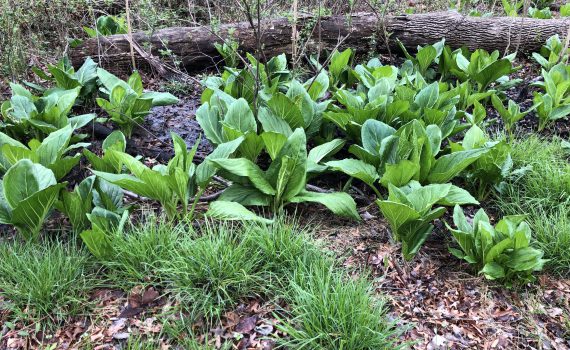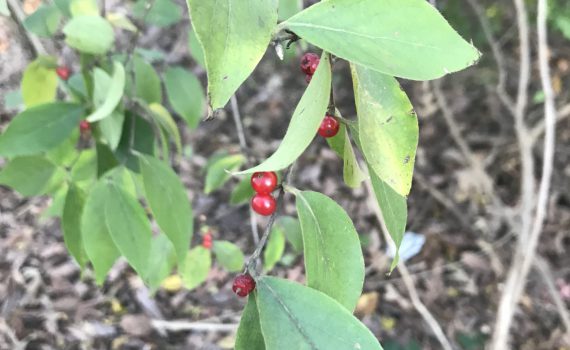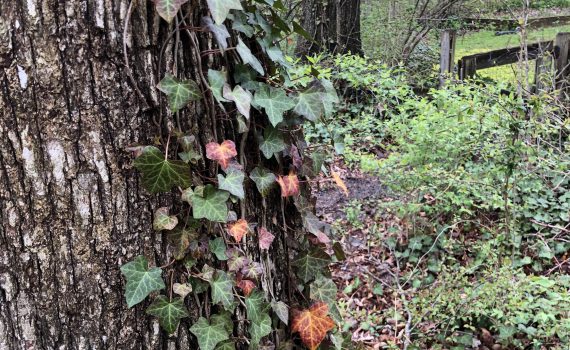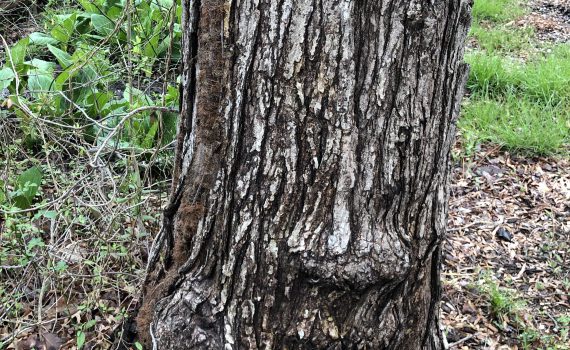Water is needed by every living thing, from the smallest of bacteria to the largest of animals. Water maintains all life in an ecosystem. Water helps plants perform photosynthesis and transport nutrients and minerals from the soil. For a plant, It goes up through the leaves, and the water goes […]
Daily Archives: April 8, 2021
The terrain and soil is crucial to the environment that grows upon it The composition of the soil affects the entire ecosystem. The soil in Bee Crossing is acidic and rich in humus (decomposed organic matter) which helps special plants like Skunk Cabbage and Jack-in-the-pulpit grow. The area is also […]
Native to the forests of North America, Picoides Pubescens, or Downy Woodpeckers, are insectivores that are typically rather small for woodpeckers Downy Woodpeckers are small versions of the classic woodpecker. They have a straight, chisel-like bill, checkered back with white on the wings, and the head is boldly striped. Males […]
Northern Cardinal, Cardinalis Cardinalis, is the state bird of Virginia. A bold red, black mask, and a hefty orange bill, the Northern Cardinal is an iconic and easily identifiable song bird in many areas of North America. In order to attract mates, many bird species’s males have dazzling displays of […]
The Eastern Gray Squirrel, or Sciurus Carolinensis, is an herbivorous mammal that enjoys acorns and seeds. Native to eastern North America, the Gray Squirrel is a rodent that possesses high spatial awareness and mobility. Like most rodents, the Gray Squirrel also has continuous growing pairs of incisor teeth that are […]
Vulpes Vulpes or more commonly known as a Red Fox. These omnivorous predators roam and cry out in these parts frequently. Although native to North America, the Red Fox is one of the most adaptable foxes to new environments. They change their hunting method and diet depending on the environment […]
Eastern Skunk Cabbage or their scientific name, “Symplocarpus Foetidus”, is a native plant often associated with a foul smell. Skunk-cabbage is one of the earliest wildflowers to bloom in the spring. Skunk-cabbage gets its name from the odor that resembles rotting meat. Through an internal chemical process, the plant produces […]
Lonicera Xylosteum, more commonly known as Fly Honeysuckle, is a native species of shrub with small red berries. Fly honeysuckle was introduced from Eurasia, and now occupies most of northeast North America with small pockets growing on the west coast. It’s a shrub with hollow, arching branches that give it […]
Hedera Helix, more commonly known as English Ivy, is an invasive species of ivy. It’s originally native to parts of Asia and Europe. It was brought over to America by early settlers as a decorative kind of plant. More usage of it for landscaping and general beautification furthered its spread. […]
“Leaves of three, let it be!”An itchy native plant to North America that takes multiple forms. Found all over North America, Poison Ivy is a common poisonous plant that should be avoided. The ever popular saying “Leaves of three, let it be” is used as a rule of thumb to […]
